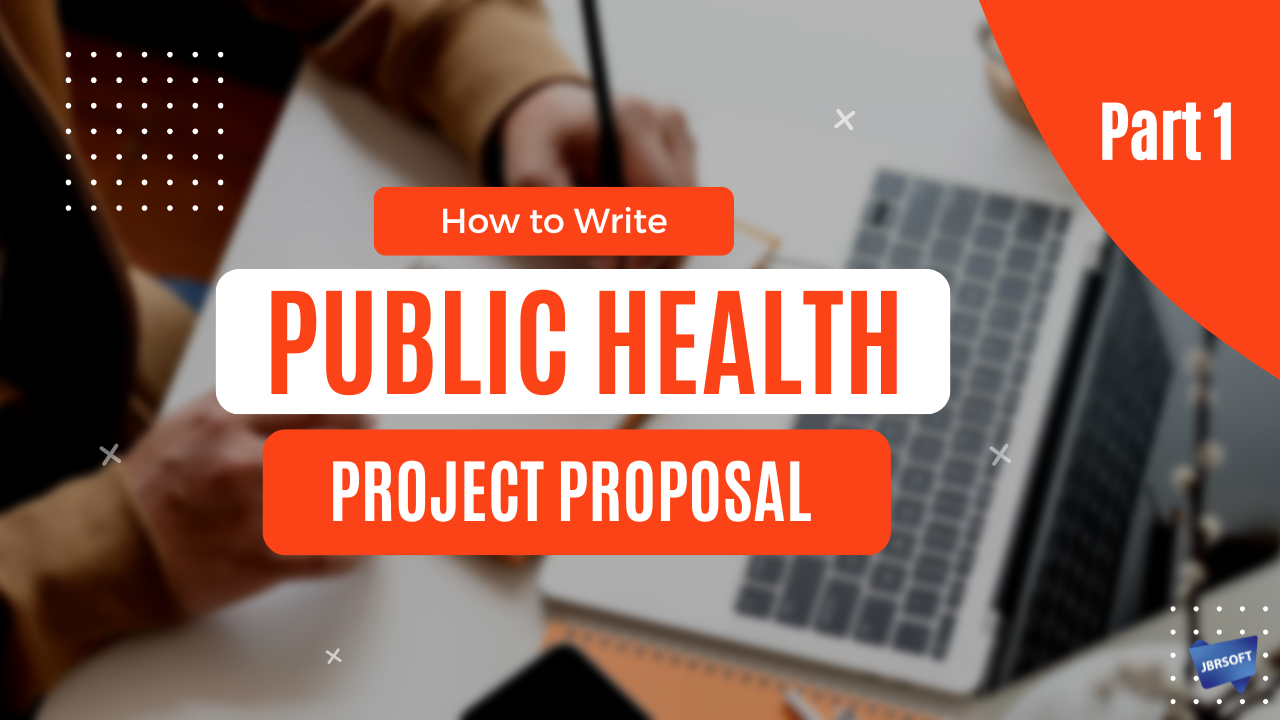How to Write a Public Health Proposal?
Crafting a compelling public health proposal is a crucial step in securing funding, implementing meaningful interventions, and making a lasting impact on community health. The introduction plays a vital role in setting the stage, engaging stakeholders, and clearly defining the problem. This guide will walk you through essential steps to write a persuasive and structured introduction for your public health proposal.
1. Start with a Compelling Opening Statement
Begin your proposal with a powerful and thought-provoking statement that immediately grabs attention. Your opening should highlight the urgency and significance of the public health issue at hand.
"As global health crises continue to emerge, proactive interventions are not just necessary, but essential for protecting communities and building a resilient healthcare system."
2. Provide Background Information
After capturing the reader's attention, provide context by introducing the public health issue. Use credible data, research findings, and statistics to demonstrate the scale and severity of the problem. A well-researched background strengthens the case for why action is necessary.
"According to the World Health Organization (WHO), [insert relevant statistics] indicate a rising trend in [specific public health issue], significantly impacting vulnerable populations."
3. Define the Purpose and Objectives
Clearly outline what your proposal aims to achieve. Describe how your intervention or initiative will address the problem, improve health outcomes, and benefit the target population. Define specific, measurable objectives that align with public health priorities.
"This proposal seeks to implement a community-based intervention to reduce [specific public health issue] by 30% within the next five years through awareness programs, early detection, and treatment support."
4. Highlight the Significance and Potential Impact
Explain why your proposed solution is important and how it will create a meaningful change. Discuss the anticipated outcomes, such as reduced disease incidence, improved healthcare access, or policy advancements.
"By tackling the root causes of [specific public health issue], this initiative will contribute to long-term health improvements, reduce economic burdens on healthcare systems, and foster community resilience."
5. Outline the Proposal Structure
Give the reader an overview of what to expect in the following sections. A well-structured proposal increases readability and helps stakeholders quickly grasp the core components of your plan.
- Current Situation Analysis: Understanding the existing challenges and gaps.
- Evidence-Based Strategies: Reviewing best practices and scientific approaches.
- Implementation Plan: A step-by-step approach to executing the intervention.
- Evaluation and Monitoring: How success will be measured and outcomes assessed.
- Budget and Resource Allocation: Estimating costs and funding requirements.

